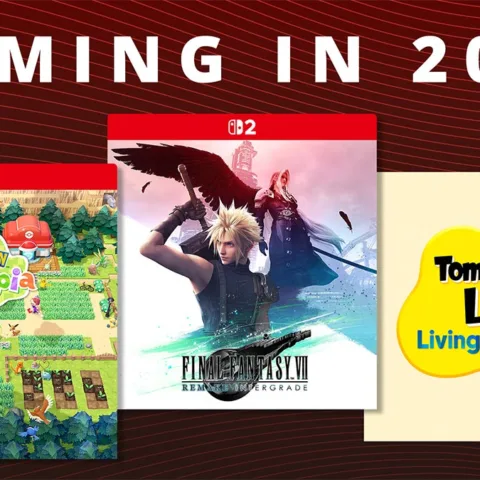Yahoo’s surprise announcement may have been fleshed out in haste over the weekend as it brings Tumblr into the big purple family but Bloomberg let slip info of an announcement of a different kind on Saturday. Yahoo’s invitation for a Monday event was apparently to announce changes to Flickr in a massive proportion. And by massive we do mean big. Terabyte size and full resolution.
Back in July 2012 when Marissa Mayer was just announced as the new Yahoo CEO, a campaign was launched asking Mayer to “please make Flickr awesome again”. The Flickr team responded by asking the Internet to join Flickr and “help us make Flickr awesomer”. Almost exactly two months before the anniversary of that campaign, Mayer and Yahoo launched a brand new Flickr. A completely redesigned and refocused Flickr which gives members one terabyte of storage space each for free.
So what does a terabyte of space mean as far as photos are concerned? To make it easier, Flickr’s new homepage provides a slider to give some idea as to what that means. If you take photos at exactly 8 megapixels each, Flickr’s new storage allowance will let you upload 436,900 photos at full resolution. That means you will need to upload almost 50 photos per hour every hour of every day in one year to fill up that space. And if you managed to run out of space next year, well, nobody is stopping you to use a different Flickr account to grab another terabyte. Not yet anyway.
The changes on Flickr didn’t stop there. Thanks to the terabyte giveaway, Flickr now does away with Flickr Pro accounts, for the most part. The paid option to allow members access to their entire photo library has now been removed because it’s been rendered obsolete. However, Pro members will still be able to renew their membership if they wish even though nobody can sign up to it anymore.
The benefits of renewing Pro accounts include absolutely unlimited storage, detailed photo analytics, as well as the lack of advertising whereas those with free accounts will have a banner ad shown on their stream, no analytics, and a limit of 1 terabyte storage space. According to Yahoo, there are no plans to remove Pro renewals. An option to have paid Flickr accounts is still available, but will be covered separately.
Flickr’s other change is the website. Though there aren’t really any new features, Flickr has brought on a fresh design which includes the addition of a cover photo for each member page, a larger profile photo, fully laid out photos across the photo stream and feed for more prominent display.
Those with large screen or high resolution displays will appreciate how photos on Flickr are now laid out. All the controls are still there, just relocated to a more convenient and less intrusive space. Using black instead of white as the background for individual photos makes each of them stand out even more. For all its changes, Flickr’s website still offers all the same features, just presented differently.
The third thing that Yahoo announced with regards to Flickr is the redesigned Android app. While the iOS app has had its redesign in December last year, the Android app hadn’t seen a corresponding major overhaul. You can tell that the Android app has been redesigned entirely independent of the iOS app. While the two apps share similar features, the looks, the layout, the approach to design, they’re all different from one another, each leveraging the style and familiarity of each platform’s audience.
All these changes are not guaranteed to get the public to flock back to Flickr but they’re big steps into understanding how today’s Internet works and how consumers see online services. You can probably draw parallels to the Gmail announcement back in 2004 although there was really no email equivalent of Facebook Photos back then or even Instagram and Flickr is a stagnant brand looking for a reboot instead of a brand new service.
Yahoo’s decision to give Flickr a do-over is important. With Marissa Mayer at the helm, the Tumblr acquisition just announced, a renewed focus on mobile deployment, Yahoo’s revival is just beginning and we probably won’t see Mayer’s master plan unravel in full until next year.










